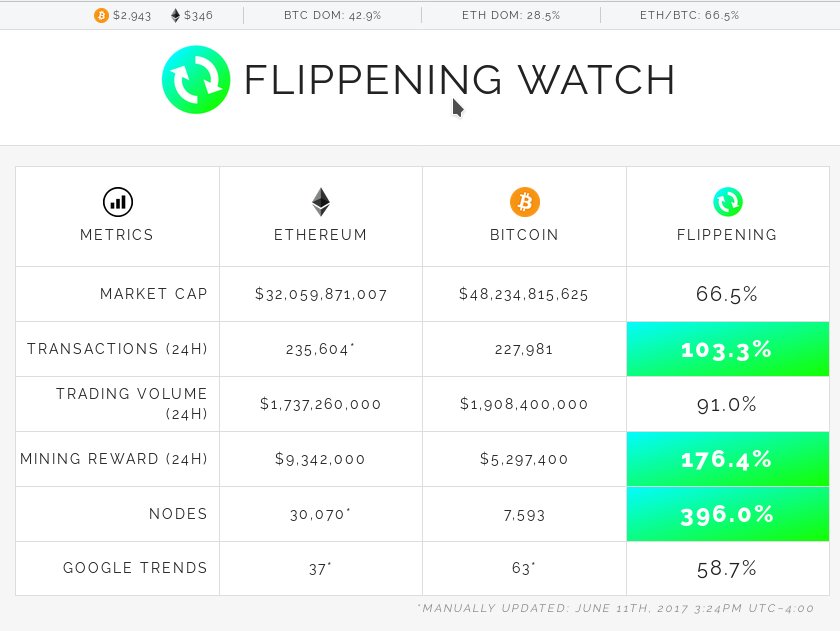@jbreher: The best way forward when deciding between bullshit and sanity isn't some kind of middle ground.
I am (somewhat) ok with SegWit with a clear path forward on open-ended on-chain scaling.
However that OK changed from a 'well, it might have good parts' to 'Meh, rather really not' for the following reasons:
- I own some (negligible in the grand scheme of things) hash power now, making me directly feel the miner incentives, and further underlining the reasons below:
- SegWit with the trade-off clearly intends to incentivize off-chain over on-chain scaling. If I am mining, why do I want to accept such a potentially very disruptive change to my income structure? And as a holder, similarly why do I want to accept such a drastic departure in Bitcoin's tried and true operation mode, keeping in mind that
paid miners secure my holdings? A depature from what worked very well in the past? I am very conservative when it comes to something I have a stake in and that was clearly on a successful track. Bigger blocks worked well. The arguments against reasonable increases all fell apart by now (and most didn't even make it to the point of further consideration, being shown to be absurd quite early).
The "technical" parts of SegWit are likely not the ones that negatively (potentially very much so) impact Bitcoin. Though one is in a quagmire even trying to separate the technical from the political here - it now became all political.
To further explain: I have heard these two 'talking points' from LN proponents:
a) SegWit will allow multi-hop off-chain.
b) SegWit will allow cross-chain settlements.
a) is actually right in the LN whitepaper. I dislike it because it cuts into miner fees and might allow the demonetization of Bitcoin, not unlike the demonetization of gold by paper money. We should not repeat history. Bitcoin
as-is does allow payment channels.
Even multi-hop. But it sets a certain trade-off in the counterparty risk/miner-income/chain health space.
People are trying to change this balance with SegWit, without the extreme caution and consideration that should go into it!
Yet Gavin's tests were never enough to please the 'bigger blocks needs lots of science' crowd of bullshitters.
And also, if b) is true (which I am still seeking evidence for), this is also directly and negatively impacting Bitcoin.
Bitcoin would become one currency among many propping up our new paper money (LN). Very dangerous. A BitDollar and a BitEuro will likely be next to a BitCoin, all being usurped in the LN-electronic-fiat front that is then sold to the public. (BitCoin instead of Bitcoin as an expression of how unaware people will be of Bitcoin at that stage...)
Both a) and b) are aspects of a '
rippleization' scenario for Bitcoin.
If this scenario comes to be, I'd say that TPTB successfully abolished paper currency and even enlisted the support of clueless, maybe even (partly) well-meaning nerds (suckers for shiny new stuff (ether, LN) that they are) for this coup against the rest of the people.
[By the way, yes, I also see centralized Ethereum with unclear and centrally-decided incentive and mining structure as the other prong of the at least two-pronged approach (the other being attempted corruption through SegWit) by which folks like to get the Bitcoin genie back into the bottle. Vitalik is certainly a smart guy, but the way he's propped up to be a messiah makes me wary on that front as well - as still someone (seems to be rare now) who doesn't own any alts.]
And finally, the
insistence with which SegWit is pushed (while ignoring all of the above concerns!) makes me very wary of this beast.
Surely, if it is so harmless, we'd all be welcoming it by our own rational analysis? Why does this beast need propaganda to be pushed through? Why this montrosity with its complexity instead of the approach(es)
@Justus Ranvier and
@Tomas van der Wansem argue for to 'fix' malleability.
Do not like. Do not want. Not right now. This needs
a lot more consideration in a calm and sane environment.


